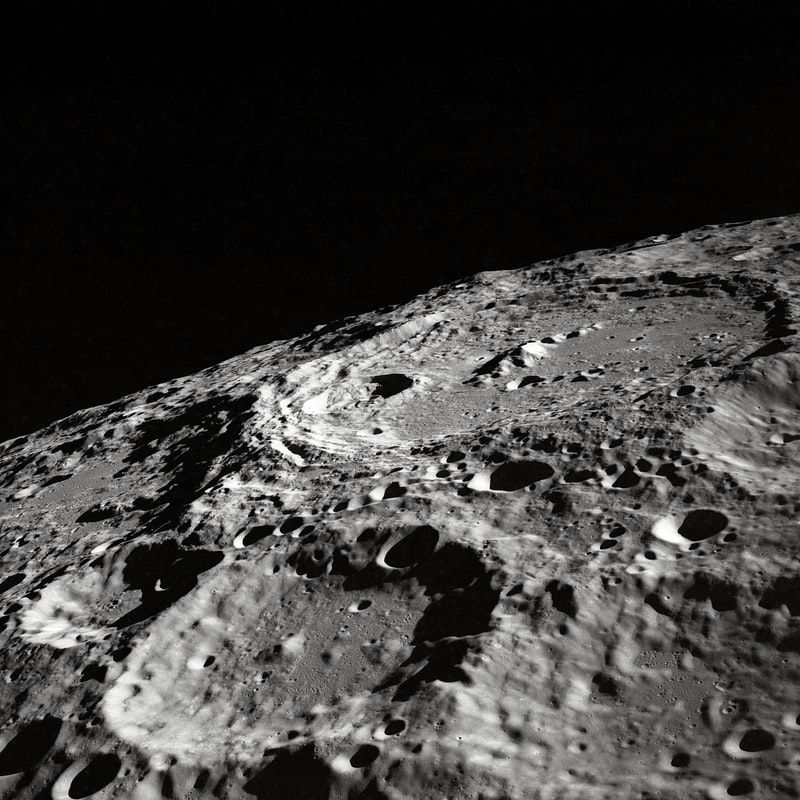US space agency NASA has validated 301 new planets beyond the solar system, adding to the tally of previously discovered 4,569 exoplanets that orbit a multitude of stars at a considerable distance from Earth. The discovery of the “confirmed” exoplanets was made possible by a new neural network called ExoMiner. This neural network uses NASA’s Pleiades supercomputer to function as a machine learning system. The AI system has the ability to differentiate between real exoplanets or their imposters, also known as “false positives.”
NASA seeks ideas for a nuclear reactor on the moon
Jon Jenkins, a scientist from NASA, with a specialization in exoplanet studies said that unlike “other exoplanet-detecting machine learning programs, ExoMiner isn’t a black box. There is no mystery as to why it decides something is a planet or not. We can easily explain which features in the data lead ExoMiner to reject or confirm a planet.”
A planet is “confirmed” with the help of different observation techniques, while a planet is “validated” using statistics.
NASA 3D animation shows different gravity levels across planet Earth
In a paper published in the Astrophysical Journal, the team at Ames shows how ExoMiner discovered the 301 machine-validated planets, which had originally been detected by the Kepler Science Operations Center pipeline and promoted to planet candidate status by the Kepler Science Office.
Michael Strahan, Alan Shepard’s daughter aboard Blue Origin’s next spaceflight
“When ExoMiner says something is a planet, you can be sure it’s a planet,” added Hamed Valizadegan, ExoMiner project lead and machine learning manager with the Universities Space Research Association at Ames.
Longest partial lunar eclipse in 580 years, will be seen again in 2669
Earlier this month, NASA said scientists had detected the first possible planet outside of Milky Way Galaxy, about 28 million light years from Earth. The possible exoplanet was discovered in the spiral Messier 51 (M51) ‘Whirlpool’ galaxy after researchers detected a temporary dimming in X-rays in a binary system.







